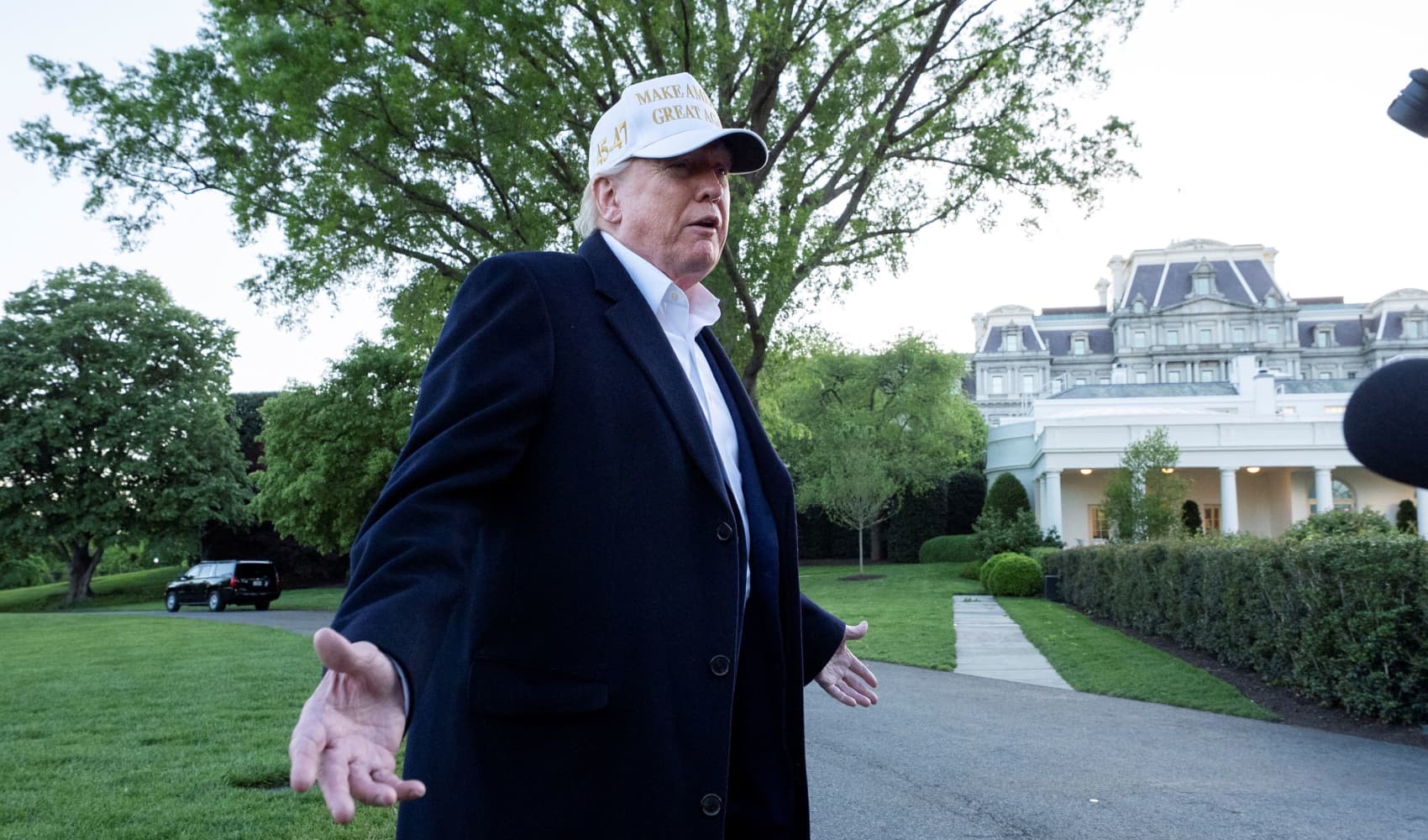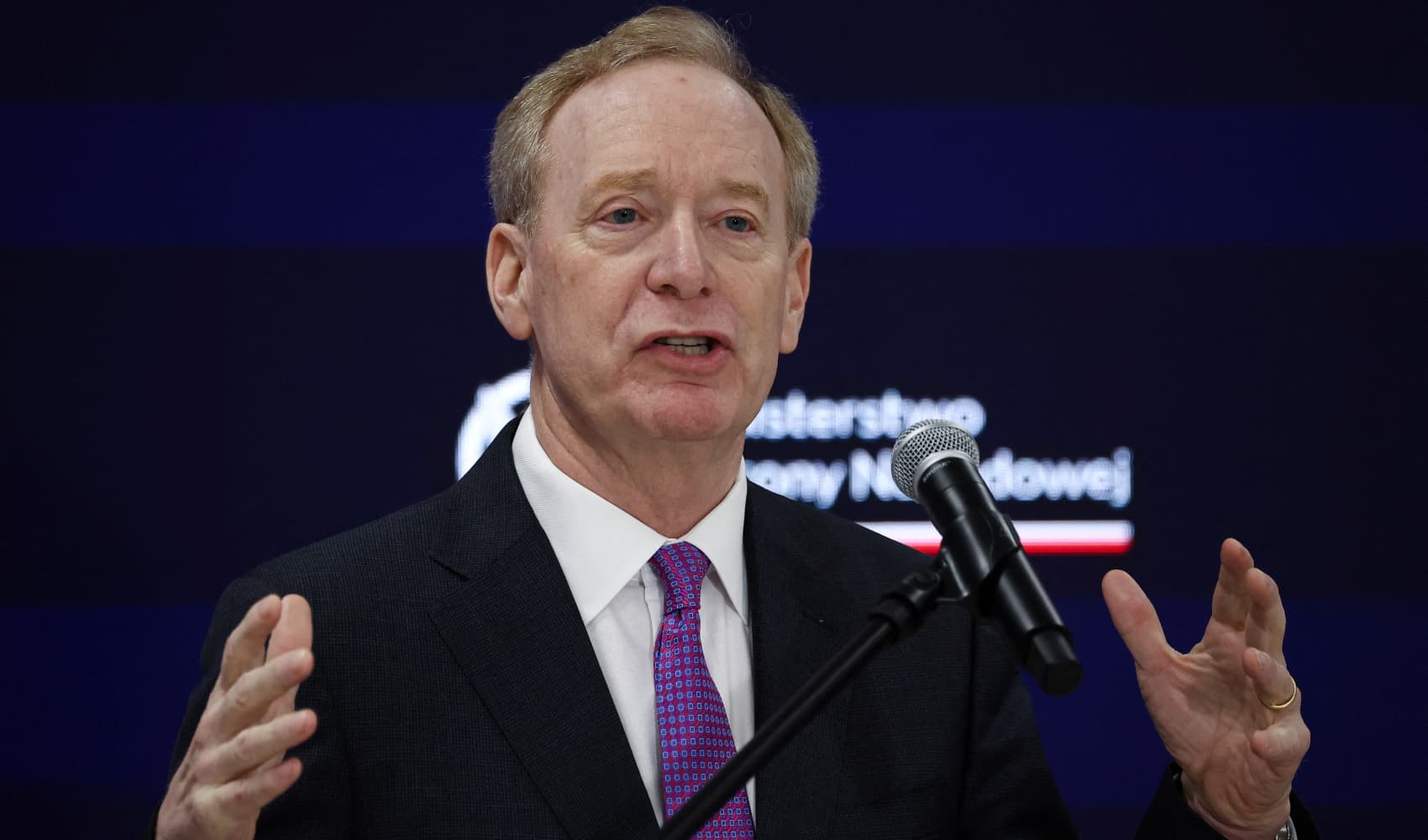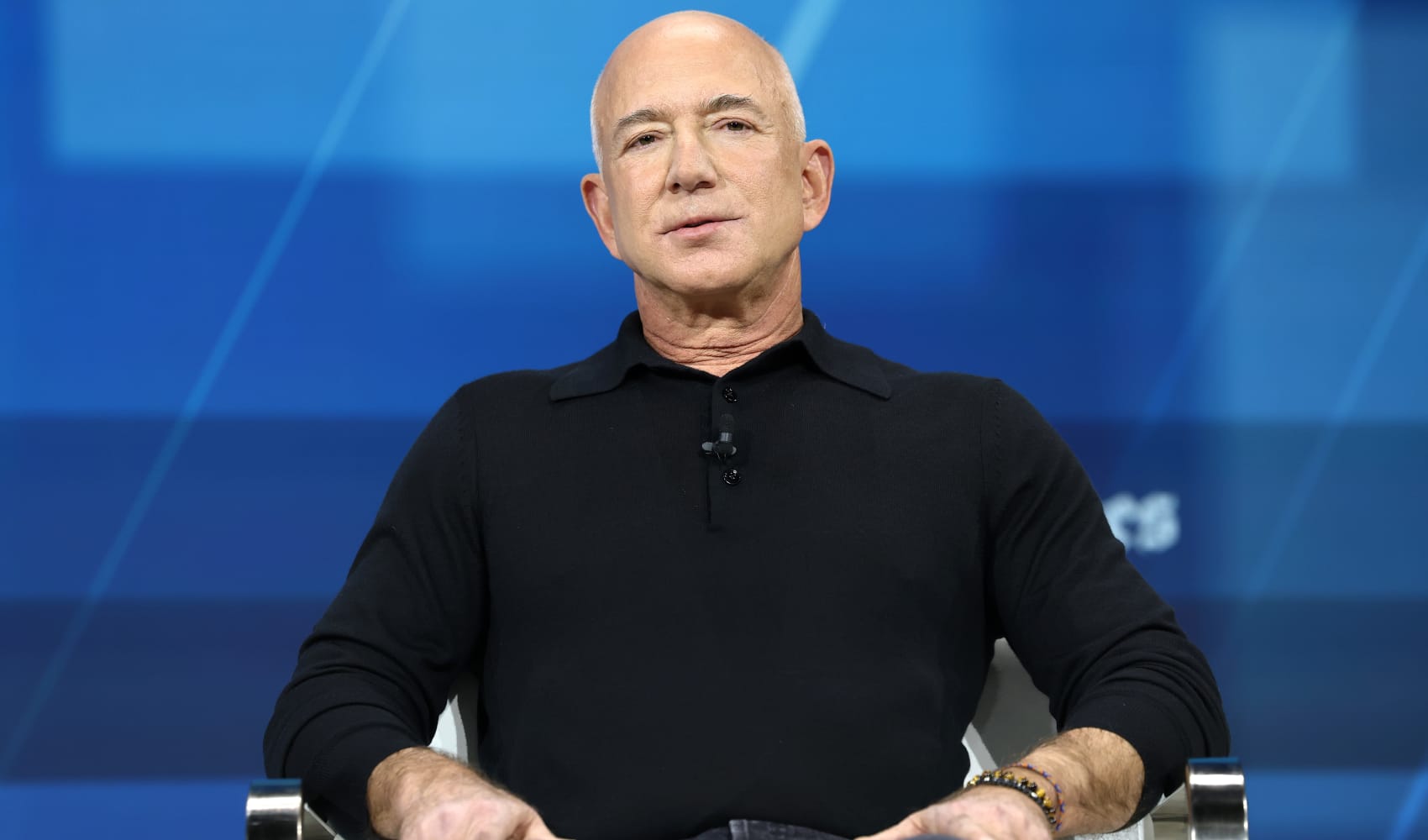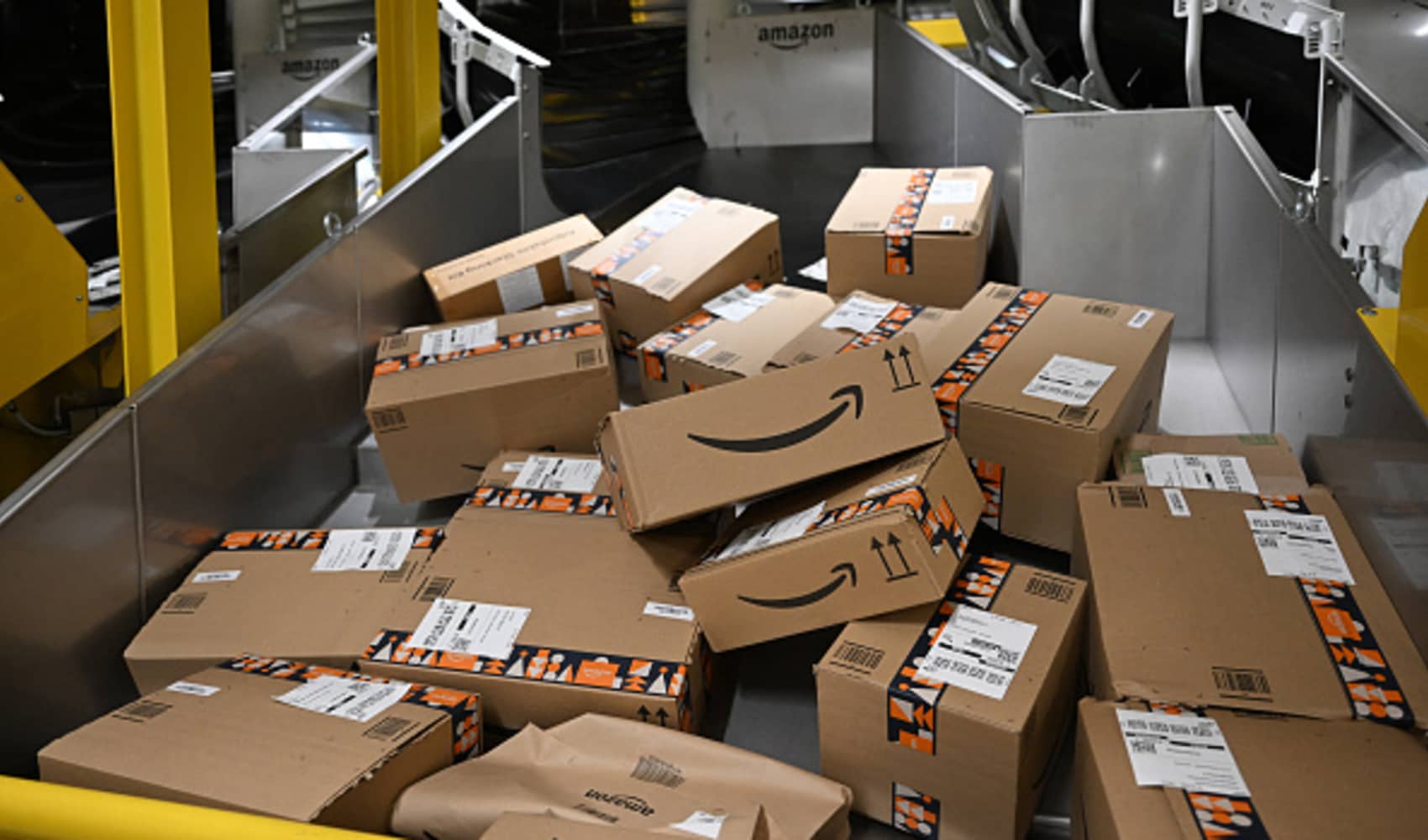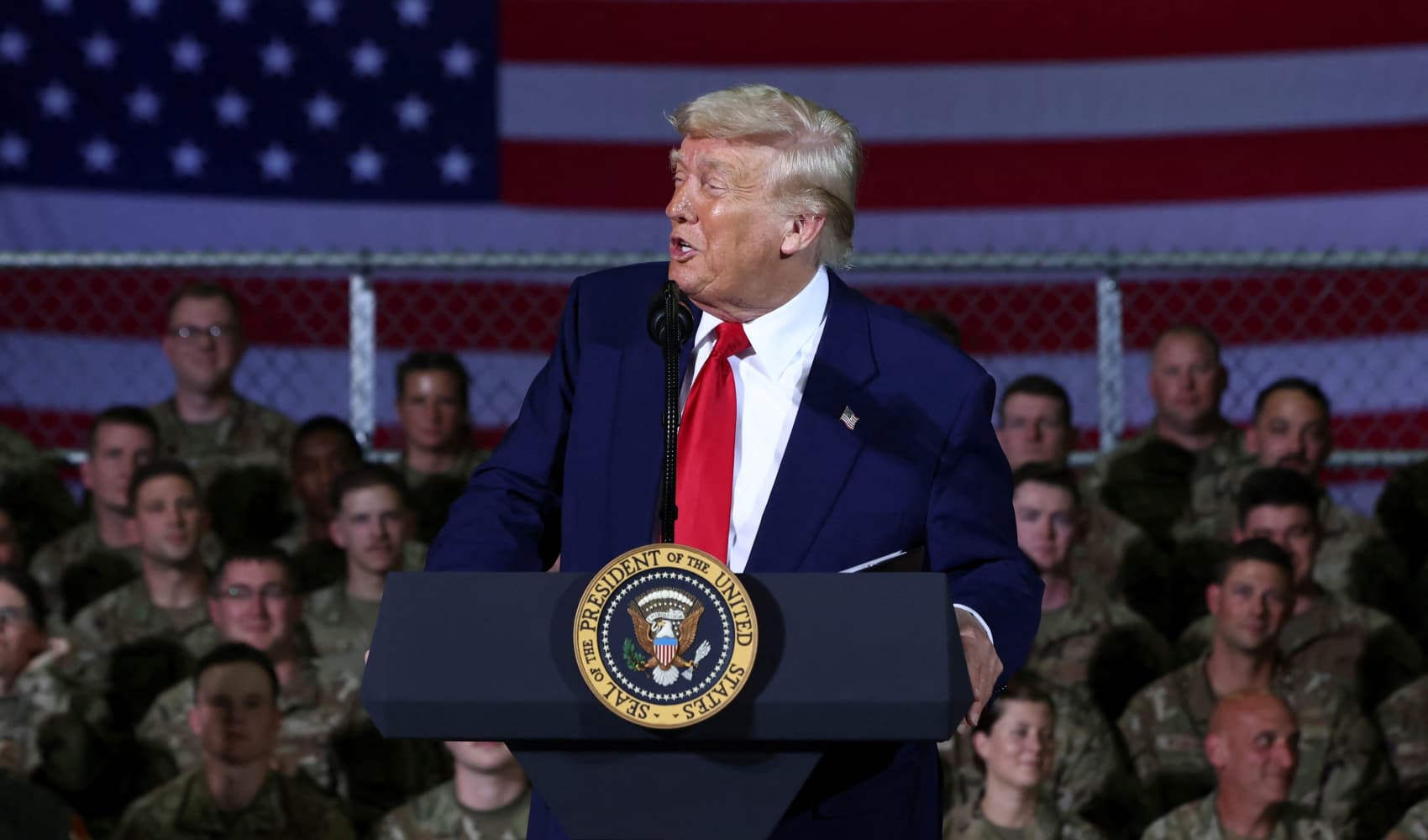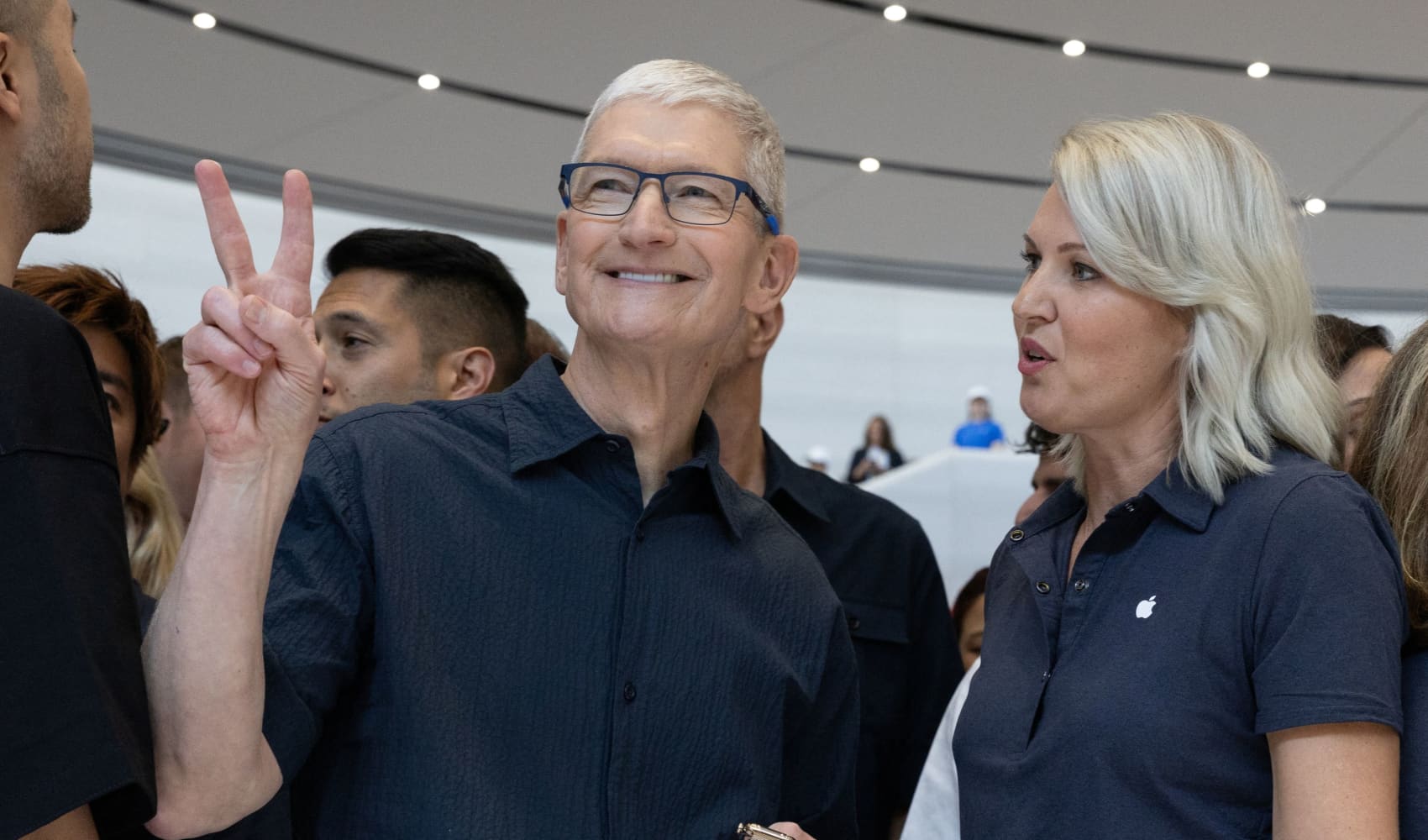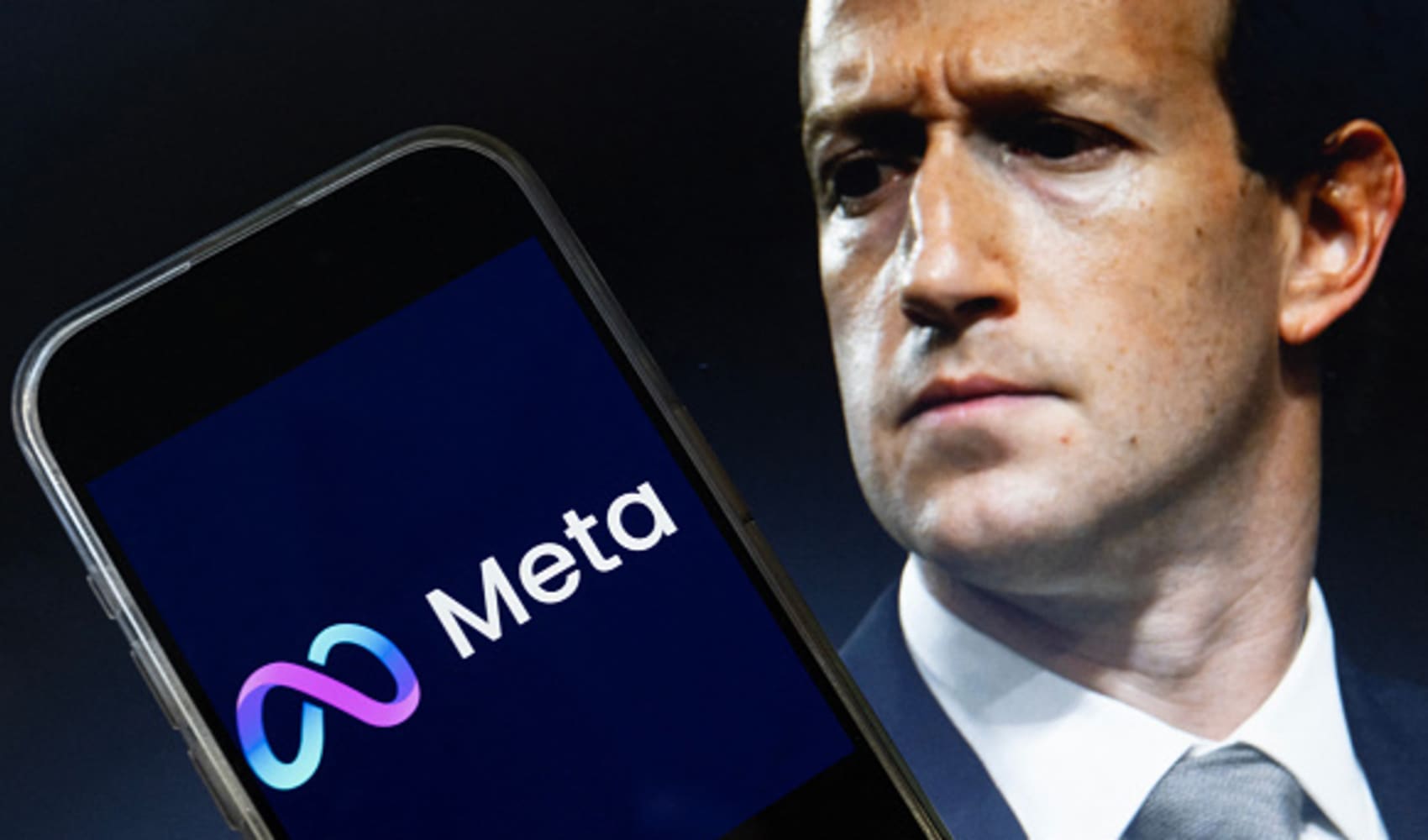Agriculture Export Crisis: Trade War Devastates U.S. Farms
Trade War Devastates Farms: Tariffs Trigger Agriculture Export Crisis
Introduction: A Gathering Storm for American Agriculture
Imagine waking up one morning to find that your livelihood, the very foundation of your farm, is teetering on the brink. That's the stark reality facing many American farmers today, as President Trump's trade war tariffs have ignited a "full blown crisis" in agricultural exports. The global backlash, particularly the significant decline in Chinese buying of U.S. farm products, is sending shockwaves through rural communities and threatening the future of American agriculture.
The Anatomy of a Crisis: Tariffs and Their Impact
What exactly is causing this crisis? It's a complex web of international trade, political maneuvering, and economic repercussions. At the heart of it lies the imposition of tariffs – taxes on imported goods – initiated by the U.S. government. While the intention may have been to protect American industries and level the playing field, the reality has been far more damaging, especially for agriculture.
Retaliatory Tariffs: A Tit-for-Tat Escalation
When the U.S. imposes tariffs, other countries often retaliate with their own tariffs on American goods. This tit-for-tat escalation can quickly spiral out of control, disrupting global trade flows and creating uncertainty for businesses. Agriculture, heavily reliant on exports, becomes a prime target in these trade wars.
China's Retreat: A Major Blow to U.S. Farmers
China, a major importer of U.S. agricultural products, has significantly reduced its purchases in response to the tariffs. This has had a devastating impact on American farmers, who have long relied on the Chinese market to sell their crops and livestock.
"No One Can Replace China": The Scale of the Problem
As one farm operator aptly put it, "No one can replace all the volume that China buys." This simple statement underscores the magnitude of the challenge. The Chinese market is simply too large and too important to be easily replaced by other buyers.
Massive Losses: The Economic Pain on the Farm
A leading agriculture exports group reports that "massive" losses are already accumulating on farms across the country. These losses stem from cancelled orders, pricing pressure as demand slumps, and even layoffs as production slows down. The effects are far-reaching and impact everything from family farms to large-scale agricultural operations.
Pork to Hay to Lumber: A Wide-Ranging Impact
The decline in Chinese buying isn't limited to a single commodity. It extends to a wide range of agricultural products, including pork, hay, straw, and even lumber. This broad impact highlights the interconnectedness of the agricultural sector and the vulnerability of many different types of farms.
Cancelled Orders: A Sign of Lost Confidence
Cancelled orders are a particularly worrisome sign, indicating a loss of confidence in the stability and reliability of the U.S. as a trading partner. When buyers cancel orders, it creates uncertainty for farmers and makes it difficult for them to plan for the future.
Pricing Pressure: A Race to the Bottom
As demand slumps, prices for agricultural products inevitably fall. This pricing pressure squeezes farmers' profit margins, making it harder for them to cover their costs and stay in business. It becomes a race to the bottom, where everyone is trying to sell their products at the lowest possible price.
Layoffs and Reduced Production: A Ripple Effect
When farmers can't sell their products at a profitable price, they are forced to cut costs. This often leads to layoffs and reduced production, further impacting rural communities and the overall economy. The ripple effect can be significant, affecting everything from local businesses to schools and hospitals.
Beyond the Farm Gate: The Impact on Rural Communities
The crisis in agricultural exports extends far beyond the farm gate. It affects the entire rural economy, impacting businesses that rely on agriculture, such as equipment dealers, fertilizer suppliers, and transportation companies.
Empty Silos and Silent Auction Houses: A Bleak Picture
Imagine driving through rural America and seeing empty silos and silent auction houses. This is the bleak picture that could become a reality if the trade war continues to escalate. The heartland of America is at risk.
Seeking Solutions: What Can Be Done?
What can be done to address this crisis and help American farmers? The solutions are complex and require a multi-faceted approach.
Negotiating Trade Agreements: Finding Common Ground
One potential solution is to negotiate new trade agreements with countries around the world. These agreements should be designed to reduce trade barriers and promote the free flow of goods and services.
Diversifying Markets: Reducing Reliance on China
Another approach is to diversify markets, reducing reliance on any single country. This would involve finding new buyers for American agricultural products in other parts of the world.
Government Support: Providing a Safety Net
The government can also play a role in providing a safety net for farmers. This could include providing financial assistance to help them weather the storm, as well as investing in research and development to improve the competitiveness of American agriculture.
The Future of American Agriculture: A Crossroads
American agriculture is at a crossroads. The trade war tariffs have created a crisis that threatens the livelihoods of farmers and the economic health of rural communities. The decisions made in the coming months will determine the future of American agriculture for generations to come.
Conclusion: A Call to Action
In conclusion, the trade war tariffs have unleashed a "full blown crisis" on American agriculture. The decline in Chinese buying of U.S. farm products has resulted in massive losses, cancelled orders, pricing pressure, and layoffs. While the solutions are complex, they require a multi-faceted approach that includes negotiating trade agreements, diversifying markets, and providing government support. The future of American agriculture depends on our ability to find solutions and address this crisis head-on.
Frequently Asked Questions
- What are trade war tariffs and how do they impact farmers? Trade war tariffs are taxes imposed on imported goods between countries involved in a trade dispute. They hurt farmers by reducing export demand, causing price drops, and accumulating losses.
- Why is the decline in Chinese buying so detrimental to U.S. agriculture? China is a massive market for U.S. agricultural products, and its reduced buying significantly impacts farmers' income and overall agricultural exports. The sheer volume China imports can't easily be replaced.
- What specific agricultural products are most affected by the trade war? A wide range of products, including pork, hay, straw, soybeans, corn, and lumber, have experienced decreased demand and lower prices due to the trade war.
- Besides the government, what can farmers do to mitigate the impact of the trade war? Farmers can explore diversifying their crops, seeking alternative markets, improving efficiency to reduce costs, and advocating for policy changes to address the trade imbalances.
- What are the long-term consequences if the trade war persists? Long-term consequences include the potential for permanent loss of market share, reduced investment in agriculture, decline in rural communities, and a weakened U.S. agricultural sector overall.

